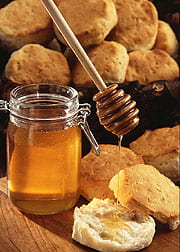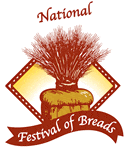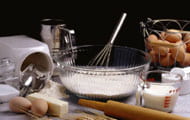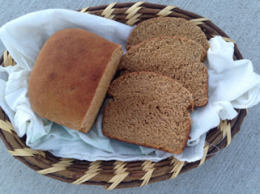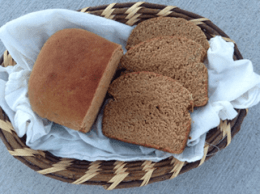 Have you tried baking with sprouted wheat flour? Here are some tips from the Home Baking Association and Chef Stephanie Peterson.
Have you tried baking with sprouted wheat flour? Here are some tips from the Home Baking Association and Chef Stephanie Peterson.
- Knead longer or add gluten. Sprouted wheat flour is a bit lower in gluten content. Knead dough longer or add extra vital wheat gluten.
- Use shorter fermentation time. While long fermentation gives more flavor and character, sprouted wheat flour will not raise as much.
- Cup for cup. Measure sprouted flour as traditional flour.
- Avoid rancidity. Store in a cool, dry, dark location, or even in the freezer.
- Food Safety. This is a raw flour just like all other flours. Wash your hands and clean equipment and surfaces well.
Learn more from the Home Baking Association at https://bit.ly/33odEly.
